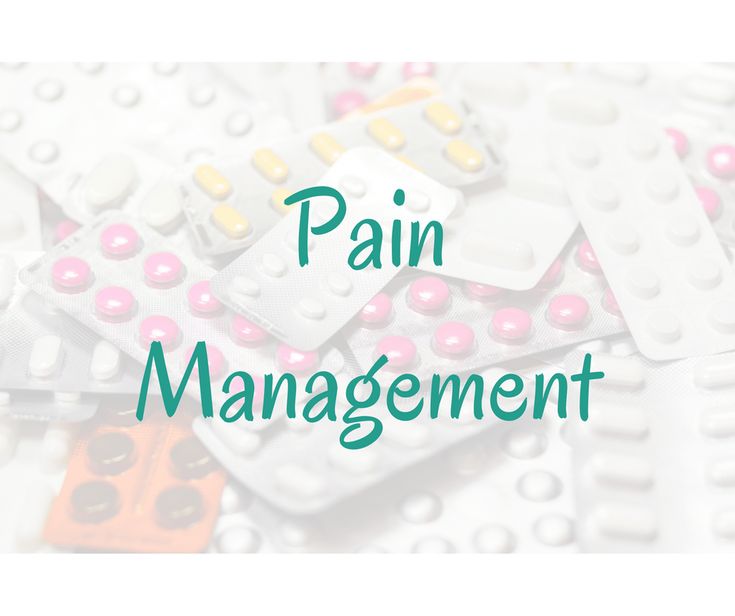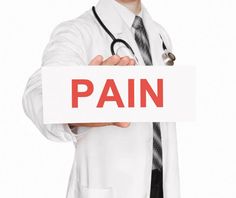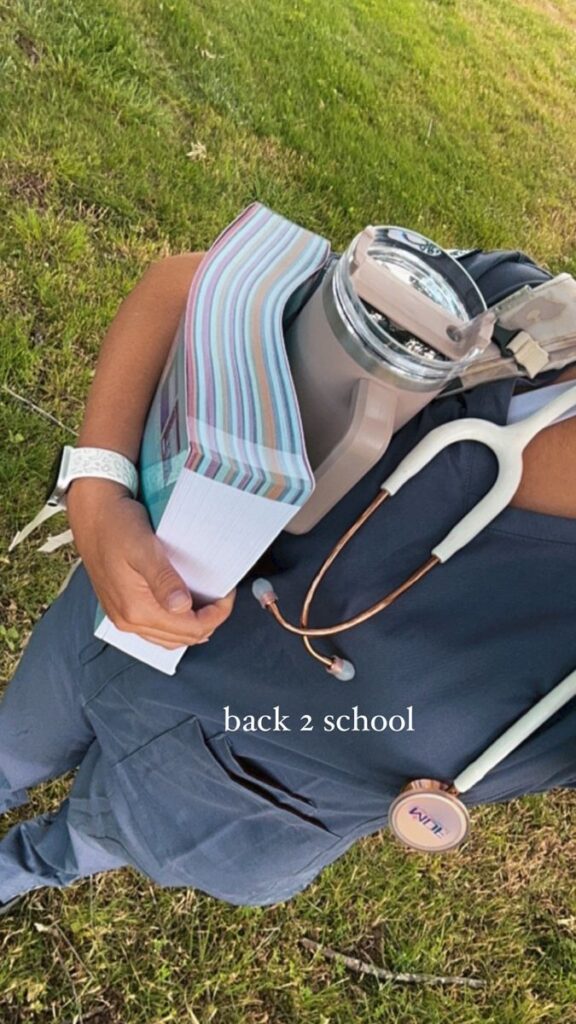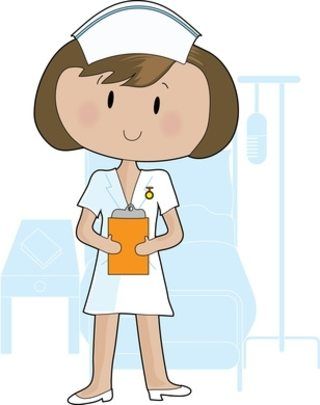
Table of Contents
Nursing Networking
Introduction: The Power of Nursing Networking
Imagine a young nurse, fresh out of school, struggling to find her footing in a demanding hospital environment. She faces overwhelming workloads, complex patient needs, and limited mentorship opportunities. Yet, she dreams of specializing in pediatrics and someday opening her clinic. This ambitious young nurse, like many others, recognizes the importance of nursing networking.
Building a strong professional network can be a game-changer for nurses seeking to advance their careers, but it’s a challenge in a field already known for its high demands. Nurses often face limited time and resources to engage with colleagues, explore new opportunities, and stay ahead of the curve in their profession.
This article argues that effectively leveraging online platforms, conferences, and professional organizations can empower nurses to build meaningful connections that support career growth, professional development, and personal fulfillment.
We will delve into the unique benefits of each networking avenue, offering practical tips and strategies for maximizing your efforts. Join us as we explore the world of nursing networking and unlock the potential for a fulfilling and impactful career.
Online Platforms for Nursing Networking: Connecting Beyond the Walls

The digital age has revolutionized how we connect, and nursing networking is no exception. Online platforms offer nurses a powerful tool to build relationships, access information, and expand their professional horizons. Let’s explore the diverse landscape of online networking opportunities available to nurses:
A. LinkedIn The Cornerstone of Professional Networking:
LinkedIn is the go-to platform for building professional connections. A well-crafted profile is essential. Tailor your headline, summary, and experience section to highlight your nursing expertise, skills, and career goals. Use keywords relevant to your specialty to increase your visibility to recruiters and potential employers.
To find relevant nursing groups:
Search for keywords like “nursing,” “RN,” or your specialty area.
- Join groups that align with your interests and career aspirations.
- Engage actively by participating in discussions, sharing valuable articles and research, and connecting with other members.
- Remember, LinkedIn is not just about passively browsing; it’s about building meaningful relationships.
B. Facebook Groups and Online Forums:
Facebook groups and online forums offer a more informal and niche-focused space for nursing networking. Look for groups dedicated to specific nursing specialties, like oncology, pediatrics, or critical care. These groups often host discussions on current trends, challenges, and best practices within their respective areas.
Actively participate in conversations, share your experiences, and seek advice from fellow nurses. Building relationships with colleagues who share your interests can be invaluable for professional development and career advancement.
C. Nursing-Specific Websites and Apps:
Several websites and apps are specifically designed to connect nurses. Nurse.com, AllNurses.com, and Nursing.com offer forums, job boards, and resources for professional development. These platforms allow nurses to share insights, seek advice, and connect with colleagues across various specialties and geographic locations.
D. Virtual Events and Online Workshops:
The rise of virtual conferences and workshops has made nursing networking more accessible than ever. Attend online events to learn from renowned speakers, participate in interactive sessions, and network with fellow attendees.
Virtual events offer significant advantages:
- Reduced travel costs: Save money and time by participating in events from the comfort of your home.
- Greater accessibility: Attend events regardless of your location.
- Increased engagement: The interactive nature of virtual events encourages active participation and discussion.
Tips for engaging in online events:
- Prepare insightful questions: Ask thoughtful questions that demonstrate your knowledge and engagement.
- Actively participate in discussions: Share your insights and contribute to the conversation.
- Connect with attendees: Reach out to speakers and fellow attendees after the event to continue the conversation.
Online platforms offer an unparalleled opportunity for nurses to connect, learn, and grow. By strategically utilizing these tools, you can build a robust professional network to support your career advancement and personal fulfillment.
III. Conferences and Events: Face-to-Face Networking: Building Bonds Beyond the Screen

While online platforms offer valuable opportunities, nothing beats the power of face-to-face nursing networking at conferences and events. Here’s how to make the most of these in-person gatherings:
A. Choosing the Right Conferences:
Don’t just attend any conference; choose wisely! Prioritize events that align with your specialty or career goals. Research conferences based on:
- Speaker lineup: Seek out events featuring experts and thought leaders in your field. A strong speaker lineup can provide valuable insights, inspire new ideas, and offer opportunities to connect with influential figures in your chosen specialty.
- Networking opportunities: Look for conferences known for their strong networking components, such as dedicated networking sessions, social events, and networking apps. These features can help you connect with many colleagues, potential mentors, and industry professionals.
- Educational value: Consider the conference’s track record for delivering high-quality educational content to enhance your knowledge and skills. A well-structured conference with relevant workshops, seminars, and presentations can contribute significantly to your professional development.
Specialized conferences focused on specific nursing niches, like oncology or mental health, provide a concentrated environment for nursing networking within your area of interest. These niche events offer a chance to connect with peers who share your expertise and delve deeper into specific challenges and advancements within your chosen specialty.
B. Making the Most of Networking Events:
Approach networking events with a plan:
- Prepare your elevator pitch: Develop a concise introduction highlighting your experience and career aspirations. Keep it brief, engaging, and focused on your critical skills and accomplishments. Practice it beforehand to ensure a smooth delivery.
- Use icebreakers: Engage with other attendees by asking open-ended questions about their experiences or interests. Show genuine interest in what they have to say, and don’t be afraid to share your own experiences and goals.
- Attend social events: These gatherings offer a more relaxed environment to build connections outside the formal conference. Don’t miss these opportunities to engage in casual conversation, learn about colleagues’ interests, and create lasting connections.
During conversations, remember to:
- Actively listen: Show genuine interest in what others have to say. Please pay attention to their experiences, perspectives, and challenges.
- Exchange contact information: Don’t forget to collect business cards and follow up after the event. A simple email expressing your appreciation for the conversation and offering to connect further can go a long way in building lasting relationships.
- Present yourself professionally: Dress appropriately for the event and maintain a positive and approachable demeanor. A confident and friendly attitude will make you more memorable and increase your chances of making meaningful connections.
C. The Power of Mentorship and Peer Support:
Conferences provide an excellent opportunity to seek out mentors and build peer relationships.
- Mentorship: Identify experienced nurses in your field who can offer guidance and support. Approach them respectfully and ask if they’d be willing to connect. A mentor can provide valuable advice on career paths, professional development, and navigating the complexities of the nursing field.
- Peer support: Build relationships with fellow nurses who share your interests or challenges. Form a supportive network of colleagues for encouragement and collaboration. Peer support can help you navigate difficult situations, share insights and resources, and celebrate achievements.
Conferences offer unique opportunities to connect with like-minded professionals, expand your knowledge, and build valuable relationships that can propel your career. By approaching these events strategically, you can maximize your networking efforts and build a strong foundation for future success.
IV. Conclusion: The Power of Connection for a Fulfilling Nursing Career
In a field as demanding as nursing, nursing networking is not a luxury but a necessity. This article has highlighted the diverse opportunities available to nurses to build meaningful connections through online platforms, conferences, and professional organizations.
Don’t underestimate the power of these connections. Actively pursue nursing networking opportunities to gain new knowledge, expand your horizons, and create a support system to propel you forward in your career. Visit Nursingpapers for more resources and insights on building a successful nursing career.
A strong professional network is more than just a collection of contacts; it’s a vital resource that will guide and support you and open doors to new possibilities throughout your nursing journey. Embrace the power of connection and watch your career flourish.
IV. Professional Organizations: Fostering Collaboration and Growth
Joining professional nursing organizations is a vital aspect of nursing networking that extends far beyond individual events. These organizations provide a platform for collaboration, professional development, and advocacy.
A. Joining Relevant Nursing Organizations:
Consider joining organizations like:
- American Nurses Association (ANA): The ANA is the largest professional nursing organization in the United States, offering resources, advocacy, and networking opportunities.
- Specialty-specific groups: Look for organizations dedicated to your specific area of nursing practice, such as the Oncology Nursing Society or the American Psychiatric Nurses Association.
Joining professional organizations provides:
- Access to resources: Benefit from exclusive resources, such as journals, research findings, and continuing education programs.
- Continuing education opportunities: Attend conferences, webinars, and workshops to stay updated on the latest trends and advancements in your field.
- Networking events: Connect with colleagues, mentors, and potential employers through chapter meetings, conferences, and online forums.
B. Networking within Professional Organizations:
Actively participate in your chosen organizations:
- Attend chapter meetings: Connect with local nurses and learn about relevant issues in your area.
- Volunteer for leadership roles: Gain valuable experience, build your network, and make a difference in the profession.
- Engage in online forums: Participate in online discussions, share your expertise, and connect with members worldwide.
C. Advocacy and Leadership Opportunities:
Professional organizations are crucial in advocating for nurses and advancing the profession.
- Engage in advocacy efforts: Support initiatives to improve patient care, increase nurse staffing ratios, and promote fair working conditions.
- Seek leadership roles: Contribute to the organization’s mission by volunteering for board positions, committee roles, or working groups.
- Contribute to the profession: Share your knowledge through research, publication, and community outreach.
Professional organizations provide a framework for collaboration, growth, and advocacy. By actively participating, you can connect with colleagues, stay ahead of the curve, and contribute meaningfully to nursing.
V. Maintaining and Nurturing Your Network: Cultivating Connections for a Lifetime
Building a nursing network is an ongoing process, not a one-time event. The actual value of your network lies in the lasting relationships you cultivate.
A. Building Long-Term Relationships:
Don’t let your connections fade after a conference or event. Nurture these relationships through:
- Regular communication: Send a follow-up email after meeting someone new, expressing appreciation for their insights and offering to connect further.
- Social media engagement: Engage with colleagues’ posts, share relevant articles, and participate in online discussions.
- Attending events together: Make an effort to attend events with colleagues, mentors, or peers. This helps strengthen your connections and build shared experiences.
B. Continuously Expanding Your Network:
Maintain a growth mindset and actively seek out new connections. Expanding your network beyond your specialty or industry can provide valuable insights and open doors to new opportunities. Connect with:
- Professionals in other specialties: Learn about different areas of nursing and gain a broader understanding of the healthcare system.
- Industry leaders: Connect with individuals in healthcare administration, technology, or research to gain insights into emerging trends and opportunities.
C. The Value of Giving Back:
A thriving nursing network is built on mutual support. Contribute to your network by:
- Mentoring others: Share your knowledge and experience with aspiring nurses, helping them navigate their careers.
- Sharing knowledge: Contribute to online forums, write articles, or present at conferences to share your expertise with the wider nursing community.
- Supporting colleagues: Offer help, encouragement, and advice to fellow nurses, fostering a supportive and collaborative environment.
By nurturing your network, expanding your connections, and giving back to the community, you can create a valuable resource that will benefit your career and contribute to advancing nursing.


